Search
Did you mean: Balhae?
Search Results
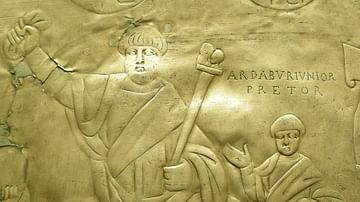
Article
The Isaurians and the End of Germanic Influence in Byzantium
Germanic influence reigned in the Roman Empire from the end of the 4th century CE through the 5th. Germanic individuals took important posts in the government and the military, and Germanic tribes penetrated ever further into lands that had...
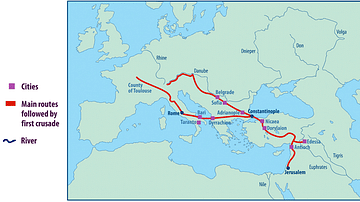
Image
Map of the First Crusade Routes
"This map shows the main routes taken by those who joined the First Crusade. The appeal was made by Pope Urban II in November 1095 CE but crusaders did not set out until the following summer. One route went through Hungary crossing the Byzantine...

Image
Dominant Religions in Europe, 16th Century - Shaping Nations Through Faith: The Religious Landscape of a Changing Continent
This map illustrates the major religious divisions across Europe during the 16th century, a period marked by the sweeping changes of the Reformation. As Protestant movements challenged the authority of the Catholic Church, the religious landscape...
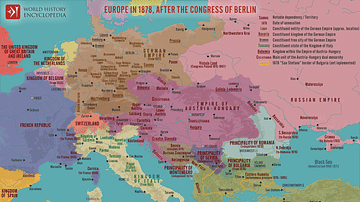
Image
Europe in 1878 after the Congress of Berlin
The Unification of Italy and the Creation of Germany in the mid-19th century, alongside the Congress of Berlin in 1878, redefined the political landscape of Europe, consolidating fragmented states into unified nations while reshaping alliances...
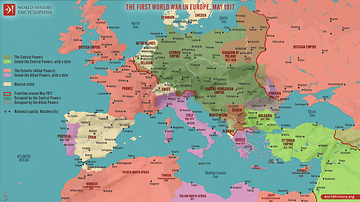
Image
The First World War in Europe, May 1917
A map illustrating the situation in Europe around May 1917, during the First World War (World War I or The Great War), as the conflict had already raged on for nearly three years. The United States had recently entered the war, beginning...
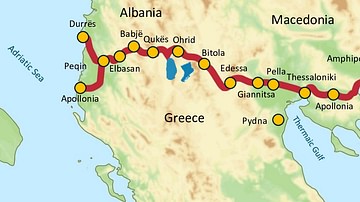
Image
Via Egnatia, 146 BCE to c. 1200 CE
Via Egnatia was a major Roman road in the Balkans, stretching 1,120 kilometers (696 miles) from the Adriatic Sea in the west to the Black Sea and the Sea of Marmara in the east. The western terminus is slightly uncertain, often marked in...
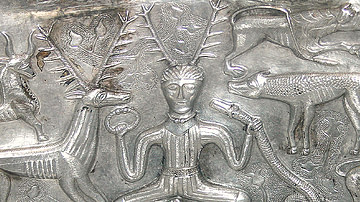
Image
Cernunnos, Gundestrup Cauldron
The horned-figure frequently identified as the Celtic god Cernunnos. A detail from an interior panel of the Gundestrup Cauldron. The cauldron was found in Denmark in 1891 CE but was produced in the Balkans. Gilded silver, likely 1st century...
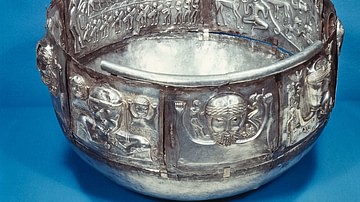
Image
The Gundestrup Cauldron
The Gundestrup Cauldron was found in Denmark in 1891 CE but was produced in the Balkans. Gilded silver, likely 1st century BCE. The designs show gods and warriors inspired by the Celtic culture. (National Museum of Denmark, Copenhagen)

Image
Celtic God, Gundestrup Cauldron
A detail of the gilded silver Gundestrup Cauldron showing a Celtic deity. Likely 1st century BCE, produced in the Balkans but found in Denmark in 1891 CE. (National Museum of Denmark, Copenhagen)
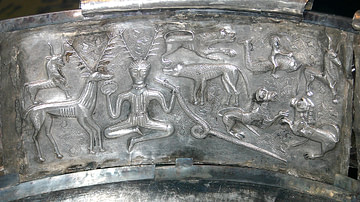
Image
Horned-Figure Panel, Gundestrup Cauldron
A panel from the Gundestrup Cauldron showing a seated god with stag’s antlers, often identified as Cernunnos, an ancient Celtic god who represented nature, flora and fauna, and fertility. There is also a stag and deer on the left side and...